
Wine
To Oak or Not to Oak: That is the Question!
We’ve all smelt and savoured the results of oak in wines, but how does it get there and why do winemakers use it?
We consulted some Australian industry experts to answer these perplexing questions and more.
EXPLANATIONS FROM THE EXPERTS
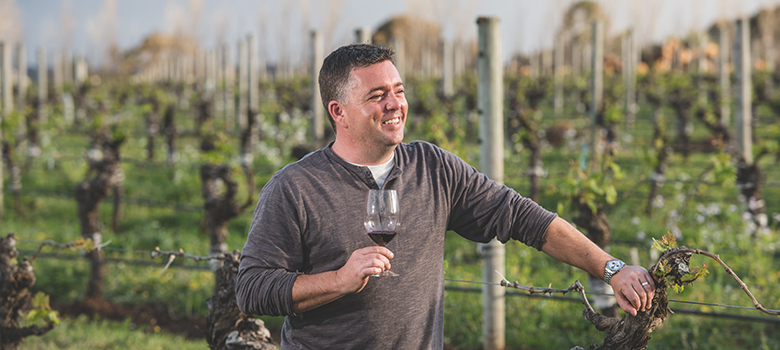
Travis Lemm (pictured), Voyager Estate winemaker and manager:
“The importance of oak on some grape varieties cannot be underestimated,” explains Travis. “Winemakers must match oak characters with the grape’s natural character in order to balance the tannins of each, building additional structure in the wine, while enhancing or adding aromas and flavours.”
“We use very high quality, predominantly tight-grained French oak. Our aim is for the oak to offer structure and complexity to the wine and support the full expression of the vineyard site, rather than assert its own characteristics in the wine. It’s all about balance.”
Robert Hill Smith, Yalumba chairman of the board and fifth generation vigneron:
“It’s safe to say that we bring a lot of love to every stage of the winemaking journey. So much so, that we’ve been crafting our own barrels since the turn of the 20th century,” he says. “In fact, Yalumba is the only winery in the southern hemisphere to have its own cooperage. We select the oak, then carefully craft it into barrels to bring even more character to the wines we create right here in the Barossa.”
“The oak chosen adds flavour, aroma and complexity to our wines. It is such an important stage in the winemaking process, that our winemaker, Kevin ‘KG’ Glastonbury, selects the oak himself to ensure an abundance of flavour and that every last drop has the potential to become something great.”
“After we import staves (the individual wooden batons that make up a barrel) from the best forests in the world, we fashion the staves into tightly bound oak barrels that are then fired to delicately toast the wood, creating the perfect home for our wines to develop, until they find their way to your glass.”
Justin Taylor, Taylors Wines company director and export manager:
“For the last decade, we’ve really been experimenting with the way oak influences our wine,” says Justin.
“One way we’ve been doing this with our premium Cabernet and Shiraz is through barrel fermentation, a practice we’ve been perfecting in our winery,” he explains. “We work with our barriques to remove the heads of barrels to stand them upright, after primary fermentation these barrels are filled with Cabernet or Shiraz – with skins intact. The process softens the tannin profile and contributes a sublime texture to the finished wine.”
AMERICAN VS FRENCH
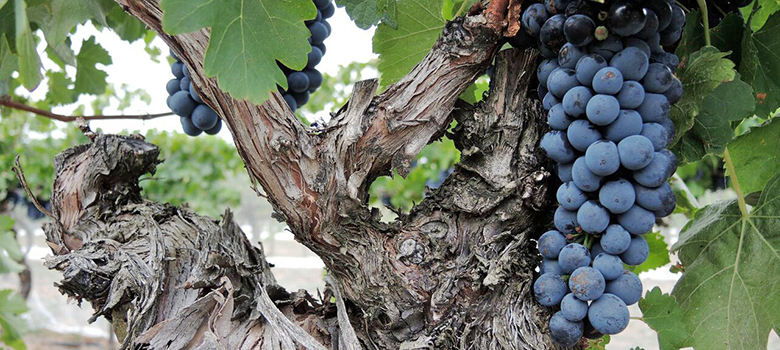
Just as wine shows regionality depending on soil and climate in which a grape grows, barrels also impart natural influences based on the origin of the oak.
Generally speaking, French oak barrels are typically subtler and spicier, offering texture of satin or silk. American barrels tend to be stronger in flavour, often described as vanilla or coconut, giving the wine an extra level of flavour weight.
Winemakers can use both kinds for the same wine – when producing their Shiraz, Voyager Estate uses barrels made from both American and French wood.
“The French barrels impart spicy aromatics and savoury palate characters that build structure and complexity into the wines, while the American oak gives sweeter vanillin characters and adds a fleshier mid-palate to the wine,” explains Travis.
TOASTING
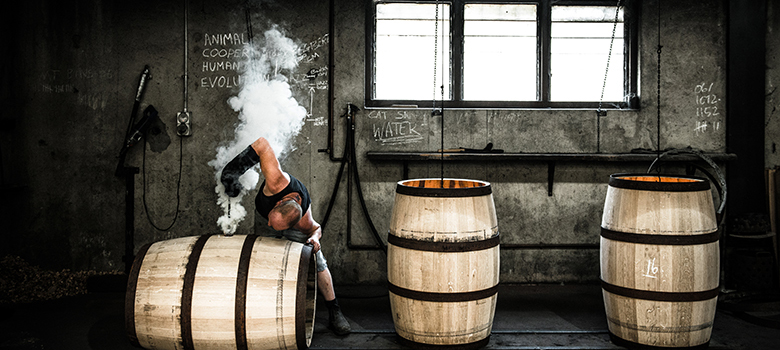
The more toasted or fired the inside of an oak barrel is, the stronger the flavours and aromas the oak will infuse, so a barrel that has been toasted at a high temperature can be used for those charred and smoked qualities, while toasting a lower temperature allows subtle smoky characters to penetrate the fine grain, and therefore the wine.
“The Yalumba coopers employ a long, slow, medium toast, which is proven to be more homogenous and penetrates deeper into the staves. This process helps to eliminate any surface blistering and results in a sweeter, more even toast that softens the aromatic compounds. The outcome is a delicate toast that elevates the natural aromas of the wine and provides the winemaker with a greater control and consistency,” says Robert Hill Smith.
Travis Lemm says Voyager Estate tends to select a light to medium toast. “We don’t want too much toasty oak influence, we prefer to see subtle oak and nutty nuances rather than heavy or char aromas.”
DOES SIZE MATTER?
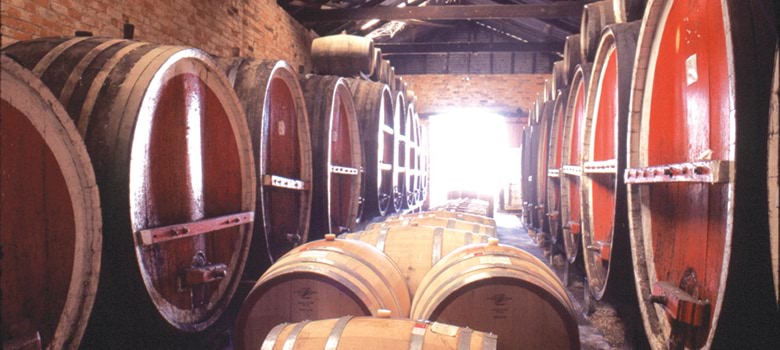
There are several different sized barrels: octaves (100 litres), barriques (225 litres), hogsheads (300 litres) and puncheons (500 litres).
Barrel size does have an impact on the amount of oak infused into the wine. Due to a greater surface to volume ratio, the smaller the barrel, the more flavour gets dispersed throughout the wine, and when using the larger barrel, the juice has less contact with the wood, so the effect is more subtle.
OLD VS NEW
.jpg?lang=en-AU)
When it comes to oak, another consideration for the winemaker is whether to use new oak or old oak barrels. New oak is used to enhance bolder flavours and textures, while old barrels that has been used in several prior vintages are used to bring out more natural flavours and are often used for more delicate varieties.
Again, some wines can spend time in both new and old barrels. For example, when 20% new French oak appears on a tasting note – this means that 20% of the wine has been aged in new oak, while the remaining 80% was probably aged in old oak, or maybe a steel tank.
COMMON VARIETIES IN AUSTRALIA THAT RECEIVE OAK TREATMENT
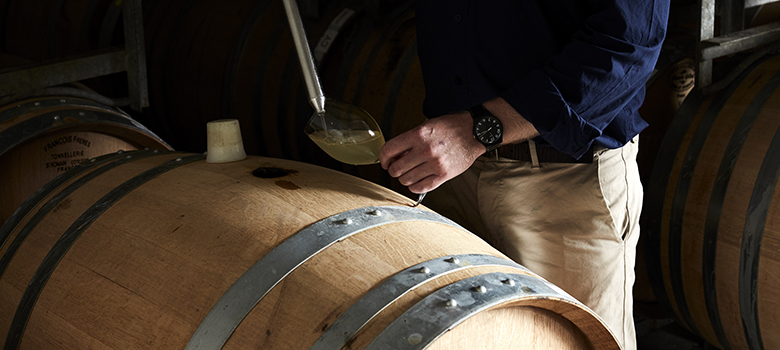
Chardonnay: Oak fermentation and maturation is popular for top quality wines. The use of less new oak and larger format barrels creates more subtle and complex wines. Thankfully, for modern Australian Chardonnay, it’s no longer a case of being punched in the nose with oak or a palate packed with a mouthful of fruit salad – it’s all about balance. Chardonnays that are unoaked are fresh and vibrant and generally crafted for early drinking.
Sauvignon Blanc: While most Australian Sauvignon Blanc is unoaked and made to be consumed young, oak aged or oak fermented Sauvignon Blanc can benefit from short-to mid-term cellaring. Barrel fermentation brings complexity and depth to Sauvignon otherwise pristine characters, adding texture and a creamy character over the more usual tropical passionfruit and pineapple notes. Blends with Semillon and Sauvignon Blanc respond really well to the influence of oak.
Semillon: Mirroring the practice in France, the richer and riper style Semillons from the Barossa Valley and Clare Valley, are often barrel fermented, creating a deeper, rounded, toasty style. In the Hunter Valley, the fruit is picked early, with low sugar levels and fermented dry without any use of oak, then quickly bottled. These wines are famous for their capacity to age, evolving through an array of lemon flavours, eventually becoming richer and developing complex toasty and honeyed characters.
Pinot G: Australian Pinot Gris is fuller bodied and riper and can sometimes receives some oak ageing which gives it more fragrance and spicier flavours, while Pinot Grigio is lighter bodied with higher natural acidity and a focus on fruit flavours.
Cabernet Sauvignon: A long maturation period of 12 to 24 months in new French oak is quite common for Australian Cabernet.
Grenache: Generally, Grenache in Australia tends to be aged in older large format barrels.
Pinot Noir: This finicky variety has an affinity for new oak, but winemakers need to be careful that the fruit profile is not overwhelmed. While it’s common for Pinot to be matured in new French oak, there is a move towards less new oak percentages and larger format barrels.
Shiraz: The use of French oak for maturation of Shiraz is very common in Australia. In recent times there has been less reliance on new oak, especially American, and more use of French oak and combinations of different oak types for complexity. Older barrels are used for their subtlety, while some early drinking styles are totally unoaked.
Whether you’re a fan of oaked wines or not, there is one thing for sure, it takes a lot of talent and great winemaking skills to get the balance just right. For more interesting Wine 101 articles, click here!